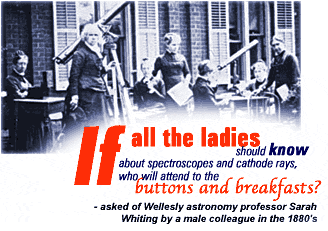

Looking
at the Sky Through a Glass Ceiling
Women
in Astronomy
by Liza Gross
Everyone
loves to gaze at the stars
,
and women are no different--except they've historically
had a harder time getting paid to do it. Even so,
women have studied the heavens for millennia. Aglaonike,
considered the first woman astronomer, figured out
how to predict lunar eclipses as far back as 200 B.C.
Today,
though women make up only about 15 percent of astronomers
worldwide, they are far more visible in astronomy
than in the other "hard" sciences. And more young
women are entering the field than ever before, accounting
for some 25 percent of astronomy doctorates in the
United States. Despite these advances, few of them
win top positions: only 5 percent of full professors
in astronomy at U.S. universities are women.
Some say
we're entering a new golden age of astronomy, with
remarkably sensitive telescopes capable of revealing
phenomena never seen before. That's a prospect likely
to inspire any astronomer, man or woman.
Pioneers
of the Past
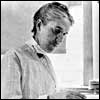 Henrietta
Swan Leavitt
Henrietta
Swan Leavitt
In
the early 1900s, women were not allowed to operate
telescopes. Instead they were hired as "computers"
to analyze and compile data from the telescopes. As
a computer at the Harvard College Observatory, Henrietta
Swan Leavitt categorized stars that varied in brightness
called "cepheids." While studying cepheids, she noticed
that there was a difference between how bright these
stars appeared and how bright they really were. Her
discovery has become one of the fundamental methods
of calculating distance in the universe.
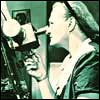 Cecilia
Payne-Gaposchkin
Cecilia
Payne-Gaposchkin
The first person to earn a Ph.D. (from Harvard in
1925) in the new field of astronomy, Cecilia Payne-Gaposchkin
had a distinguished forty-year career at the Harvard
College Observatory. Studying the relationship between
a star's distinctive spectrum--lines of color that
reveal its elemental composition--and the temperature
of its atmosphere, Payne-Gaposchkin pioneered a method
for determining the surface temperature of a star
from its spectral lines. This research led to her
critical discovery that the sun's atmosphere is composed
mainly of hydrogen.
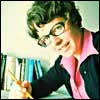 Jocelyn
Bell Burnel
Jocelyn
Bell Burnel
A s a graduate student at Cambridge University in
1967, Jocelyn Bell Burnell was instrumental in discovering
pulsars. Analyzing data collected by Cambridge's new
radio telescope, Burnell noticed regularly spaced
signals that she couldn't explain. Astronomers around
the world studied this mysterious phenomenon, finally
identifying it as the output of a rapidly rotating
neutron star--the compact core left behind when a
massive star explodes. In 1974, Antony Hewish, Burnell's
advisor during her work on pulsars, won the first
Nobel prize in astronomy for her discovery.
What
is it like to be a woman in astronomy today?
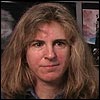 Megan
Donahue
Megan
Donahue
Archive Astronomer
"The
good news is that I think there's a big difference
between now and fifty years ago. There's no question
that I can apply to an observatory like Palomar and
get time, and visit and go do observing. Fifty years
ago, women couldn't observe on Palomar. And they heard,
'You're a woman, education would be wasted on you.'
Or 'You're a woman, you're not eligible for this fellowship.'
So the overt barriers to being a woman in astronomy
are not there anymore."
 Christine
Cottingham
Christine
Cottingham
Hubble telescope thermal engineer
"There are a lot more females now. In fact, there
are more females in the Thermal Engineering Department
at Goddard than there are men. And that's great to
see."
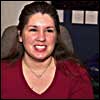 Lisa
Frattare
Lisa
Frattare
Image Processor, Hubble Heritage Project
"You didn't see a lot of women in the thirties, forties,
and fifties. But now you see women showing up, women
[who grew up in] the sixties and seventies. Still,
the classrooms are not fifty-fifty. "When I was in
school, I was the only girl in several classes. But
you just have to plow through and say, 'I can do this.'
Maybe it came from having brothers who always picked
on me, and I'd have to say, 'I can do it. You can't
tell me what to do.' "
Further
reading:
Four Thousand
Years of Women in Science
http://crux.astr.ua.edu/4000WS/4000WS.html
The History
of Women in Astronomy
http://cannon.sfsu.edu/~gmarcy/cswa/history/history.html
Committee
on the Status of Women, Women in Astronomy
http://www.stsci.edu/stsci/service/cswa/women/
|
![]()
![]()